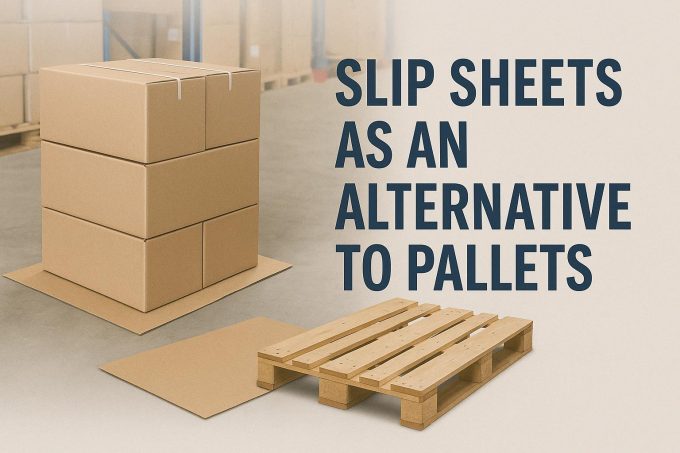Introduction to Slip Sheets
In the world of logistics and shipping, organizations consistently seek methods that enhance efficiency while curtailing expenses. The conventional choice for handling, storing, and transporting goods has long been the pallet. However, recent advancements have introduced slip sheets as a compelling substitute that boasts numerous advantages over traditional pallets. This document explores the utility, benefits, challenges, and considerations of incorporating slip sheets into logistics operations.
What Are Slip Sheets?
At their core, slip sheets serve as a foundational alternative to pallets in transporting unit loads. These are thin sheets, fabricated from materials such as plastic, cardboard, or fiberboard, and are utilized where pallets would traditionally be employed. A key requirement for the effective use of slip sheets is the incorporation of specialized forklift attachments known as push-pull attachments. These mechanisms allow for the seamless handling of goods set on slip sheets, facilitating the movement and transportation processes.
Benefits of Using Slip Sheets
The adoption of slip sheets brings with it a spectrum of advantages for businesses engaged in logistics.
Cost Efficiency: From a financial standpoint, slip sheets typically entail a lower upfront cost compared to traditional pallets. Their lightweight nature provides a dual benefit by reducing the overall weight of the load, translating to decreased shipping costs. This aspect can be particularly advantageous in large-scale operations where every ounce equates to additional costs.
Space Optimization: A primary advantage of slip sheets is their minimal thickness. Being just a few millimeters in height, they occupy significantly less space than pallets. This thin profile aids in maximizing storage capacity within warehouses and shipping containers, promoting an efficient use of space that can lead to heightened productivity and reduced storage costs.
Environmental Impact: In today’s environmentally-conscious world, slip sheets offer a sustainable alternative. Often manufactured from recyclable materials, they reduce the dependency on lumber—the chief material used in pallet production. This shift not only lowers the demand for timber but also diminishes the overall environmental footprint, contributing to more sustainable business practices.
Challenges and Considerations
Despite the distinct benefits slip sheets offer, their integration is not without certain challenges and considerations. It is crucial for businesses to weigh these factors when deciding to transition from traditional pallets.
Equipment Requirement: Implementing slip sheets necessitates an investment in specialized equipment. The push-pull attachments required for forklifts are essential for handling slip sheets, representing an initial outlay for businesses accustomed to pallets. This investment, however, is often balanced by long-term savings on material and operational costs.
Training and Handling: The transition to slip sheets requires that workers be adequately trained in the new handling techniques. Operation of the necessary equipment demands a learning curve, and businesses must invest time and resources in training programs to ensure that their staff can efficiently manage this logistical change.
Durability: One aspect that deserves attention is the comparative durability of slip sheets. While designed to be robust, they may not offer the same level of support as traditional pallets, particularly for heavy or unstable loads. Therefore, assessing the nature of the goods handled is crucial in determining the feasibility of slip sheets for specific logistical needs.
Conclusion
In conclusion, slip sheets emerge as a viable alternative to pallets, especially for companies intent on reducing costs, optimizing space, and lessening their ecological impact. The decision to transition from traditional pallets to slip sheets should be guided by a comprehensive evaluation of the specific needs and limitations inherent in each company’s supply chain.
Businesses exploring this option should engage with logistics professionals for expert insights or examine resources provided by manufacturers specializing in slip sheet technology. By understanding the detailed dynamics of integrating slip sheets into operations, organizations can better position themselves to harness the benefits while mitigating potential challenges.
This exploration into slip sheets highlights their potential to revolutionize logistics practices. By embracing these thin alternatives, companies can realize significant gains in efficiency and sustainability—key drivers in the modern business landscape.

